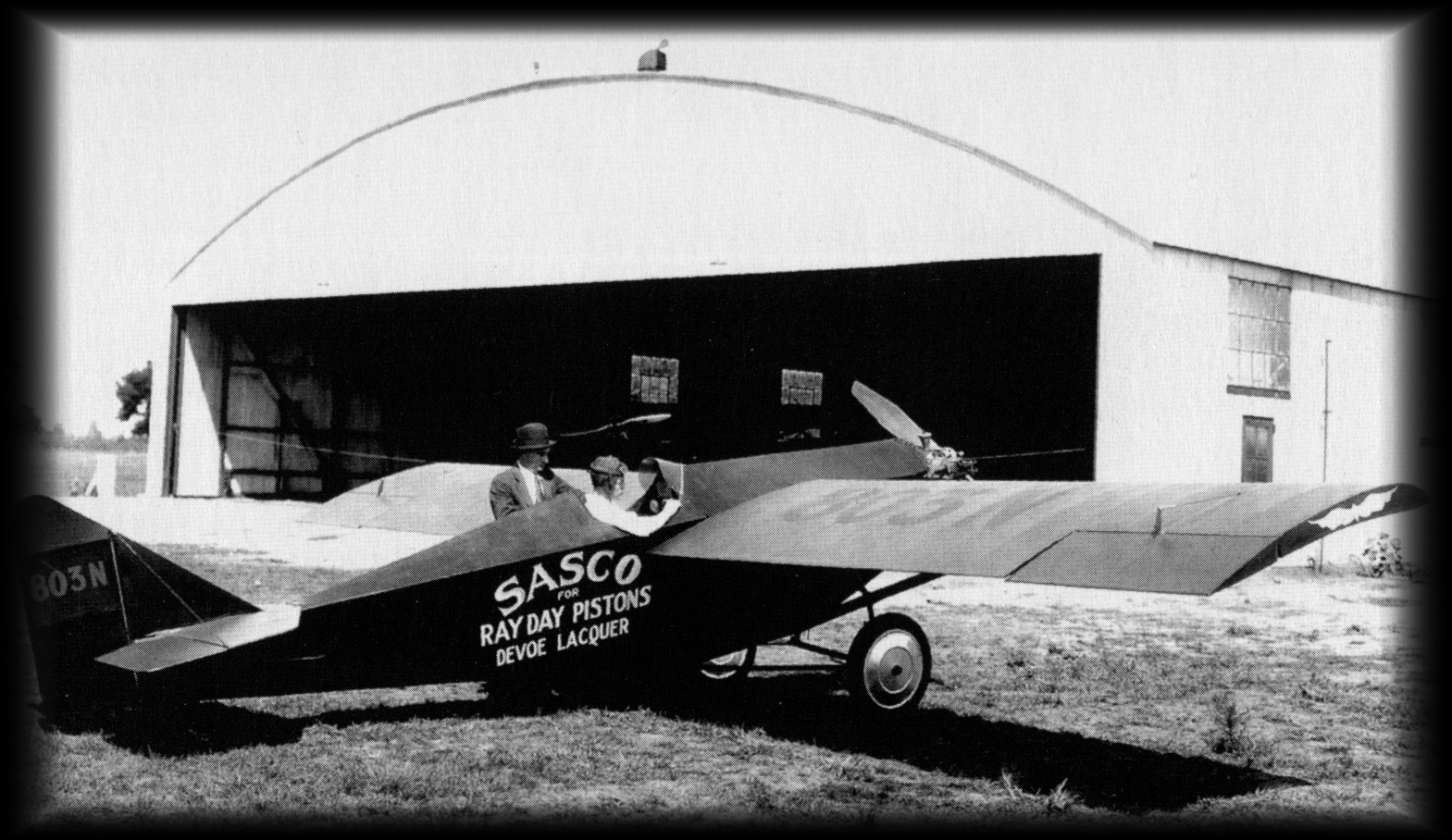Springfield Hangar

Miles of farmland, shale-covered runways, and a few buildings, including this hangar, greeted the visitor to Commercial Field, just outside of Springfield, Illinois. Opened in 1928, Commercial Field replaced a much more rustic airfield northwest of the city and by 1934 had become a major hub for travel in and out of Springfield. Several up and coming airlines flew out of the airport, including American Airlines and Chicago and Southern Airlines (which later became Delta). Commercial field was an economic and recreational hub as well, and served as an integral link between Chicago and the state capital. The airport also played host to a slew of famous aviators, including Amelia Earhart who was later quoted as saying she always thought “this would be an important airport.”
During the 1930s, ten passenger airliners routinely took off from the airport bound for St. Louis or Chicago. However, once the airlines started to use bigger planes the airport simply could not keep up. The shale-covered runways were much too short to accommodate the larger planes and could be potentially dangerous when it rained. Additionally, the airport had little room to expand and it became increasingly difficult for the airport to stay viable as a commercial hub. By 1940, the airlines had all pulled out of the airport and it primarily served the recreational needs of local airmen. This hangar, constructed sometime in 1938, served the airport during this turbulent time.
The airport served as a base of operations for the Civil Air Patrol during World War II and continued to be a place where airplane enthusiasts could test their skills. Unfortunately, as time went on the airport became more and more obsolete. The Capitol Airport, opened in 1947, became the city’s new hub for air transport and business, and by the late 1960s Commercial Field closed. This hangar, known as the Springfield Hangar, was rescued from that defunct airport, and will in the near future serve as additional exhibit space for the museum. Even though Commercial Field is gone, its legacy lives on in this building.
